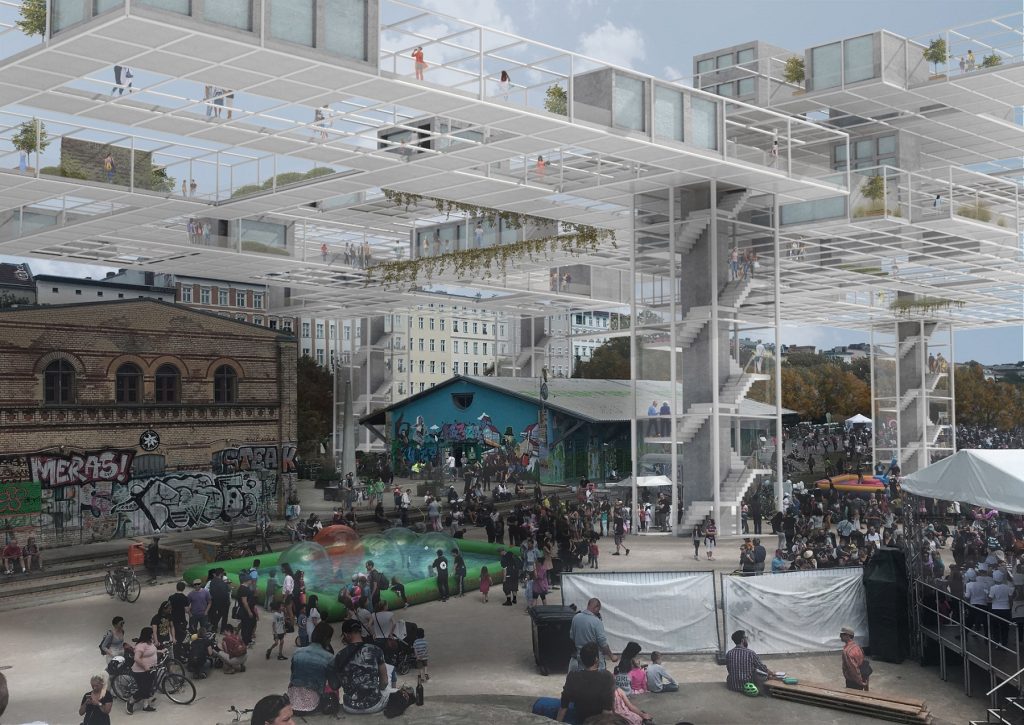
Possible futures of Berlin
– Grace Abou Jaoude, Olaf Mumm, Majd Murad and Vanessa Miriam Carlow
Given rising uncertainties, we discuss four possible futures of Berlin developed within the context of open city theories. Along with workshops and discussions with experts and stakeholders, an exploratory scenario planning approach was implemented to depict possible futures which were later represented through images. The scenarios reflect various aspects of openness such as inclusivity, accessibility and participation and reveal incipient socio-spatial disparities and deterioration. The scenarios enable decision-makers to maintain and foster openness in the City of Berlin by adapting to future uncertainties and unpredictable changes.
Envisioning a desirable future is an indispensable component of urban planning, a discipline largely concerned with imagining, shaping and planning for the future. Historically, utopian visions and spatial imaginaries propagated ideals of their time and revealed the need to (re)shape the built environment to “a relational ‘better'”1. From prescriptive to experimental, these visions propounded concepts to reconfigure transportation, society, architecture and the environment2.
Developed after World War II at the Research and Development (RAND) corporation by military analyst Herman Kahn, scenarios are used today in planning to depict future visions and possible alternatives and to assess the implications of decisions and policies3. Hence, different approaches are widely implemented in planning to analyze future developments based on today’s decisions. Examples include predictive approaches, such as forecasting and which rely on probability and likelihood to predict future outcomes4; visioning, which is the process of setting a desirable future5; and strategic planning, among others. Many of these approaches involve public participation where charettes, serious games6 and planning support systems7 form integral tools to engage with stakeholders and raise awareness. A relevant case of participatory processes is the scenario game and diverse interactive tools employed by CHORA to involve the public in testing scenarios as part of the Berlin’s smart city strategy8.
However, with radical transitions brought about by climate change, technological disruptions, migrations or– currently– pandemics, various traditional approaches have proven to be insufficient. Political, ecological and socio-economic transformations produce uncertainties that continuously shape cities. In designing future development trajectories, planners and decision-makers are therefore required to adapt and engage with these uncertainties while mitigating negative effects. Doing so requires planners to recognize cities as “systems of organized complexity”9 whereby dynamic components are interconnected. Thus, as open system10, cities require systems thinking tools that challenge linear cause-effect relations towards more holistic understandings taking into consideration the larger context, the response of actors and unintended outcomes that are external to or within the cities11. On this basis, exploratory scenario planning emerges as a promising approach that seeks to explore a wide range of possible future alternatives to better adapt to future uncertainties. Inspired by approaches established in the corporate domain, exploratory scenario planning methods have recently garnered the attention of urban designers and planners. As instruments that free the imagination, exploratory scenarios enable planners to prepare and adapt cities to future uncertainties and increasing complexities. Despite shifts from normative visions to possible alternatives, there has been limited amount of research undertaken by urban designers and planners to formulate exploratory scenarios12. Therefore, an exploratory scenario building process has been implemented to investigate possible future alternatives for Berlin 2050. The findings presented here are part of a larger research project entitled “Open City: Theories, Perspectives, Instruments” that considers spatial, social and temporal dimensions of openness. By analyzing the main drivers of future development for the city, the formulated scenarios integrated varying dimensions of openness. Immense and radical changes, currently witnessed and that make the future open to different possibilities, were also considered.
Drawing on workshops and discussions with experts and stakeholders, two critical uncertainties for the development of the city were identified: population and climate change variation. Using the 2×2 scenario axis technique and the identified trends and critical drivers13, four scenarios for the future of Berlin were developed. The four alternatives were visualized reflecting socio-spatial, ecological, institutional and socio-technical concepts.
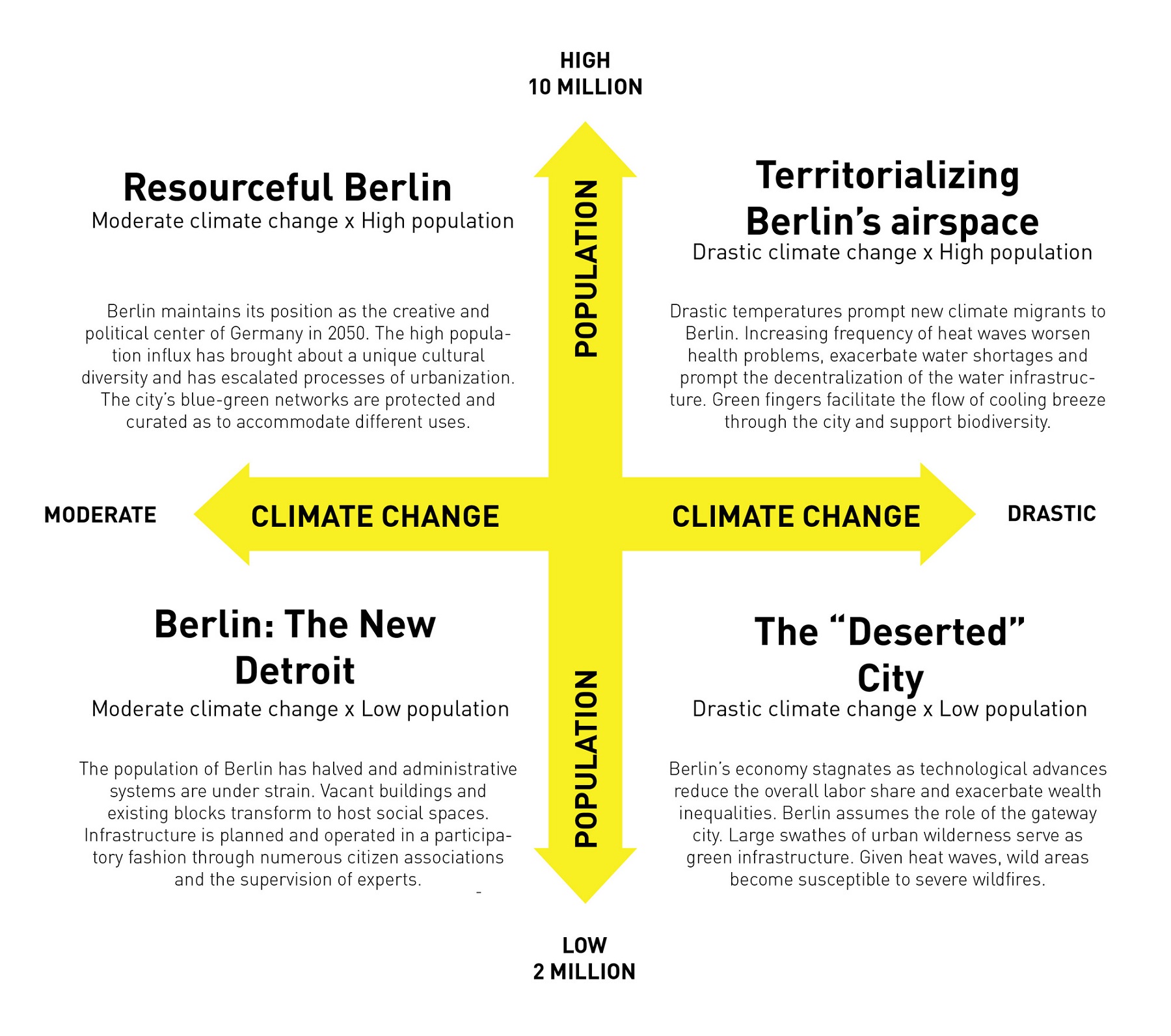
Image 1. The 2×2 matrix or scenario axis technique was implemented to generate raw scenarios. Source: authors.
The following excerpts provide a summary of the core ideas driving each scenario:
Scenario A. Resourceful Berlin
As an attractive location for business development, Berlin maintains its position as the creative and political center of Germany in 2050 and emerges as a strong financial market. The high population influx has brought about a unique and widely accepted cultural diversity while increasing the need for new jobs and income opportunities. As a sought-after place to live, the high population influx has escalated processes of urbanization and resulted in scarcity of space, housing and public amenities. Given the pressing spatial constraints, the city banned the construction of new single-family houses, reduced the required distance between buildings, and defined minimum standards for urban density. The building density around subway, S-Bahn and rail stations has significantly increased. Large swathes of impervious surfaces formerly used as transportation networks and facilities have been drastically reduced and repurposed as building land for public housing and amenities. Parks and water surfaces are protected from rampant urbanization processes. The city’s blue-green networks are carefully curated as to accommodate different uses and users while avoiding over-exploitation. Small-scale blue-green spaces are added over the course of time to punctuate the whole city and serve as vital open infrastructures.
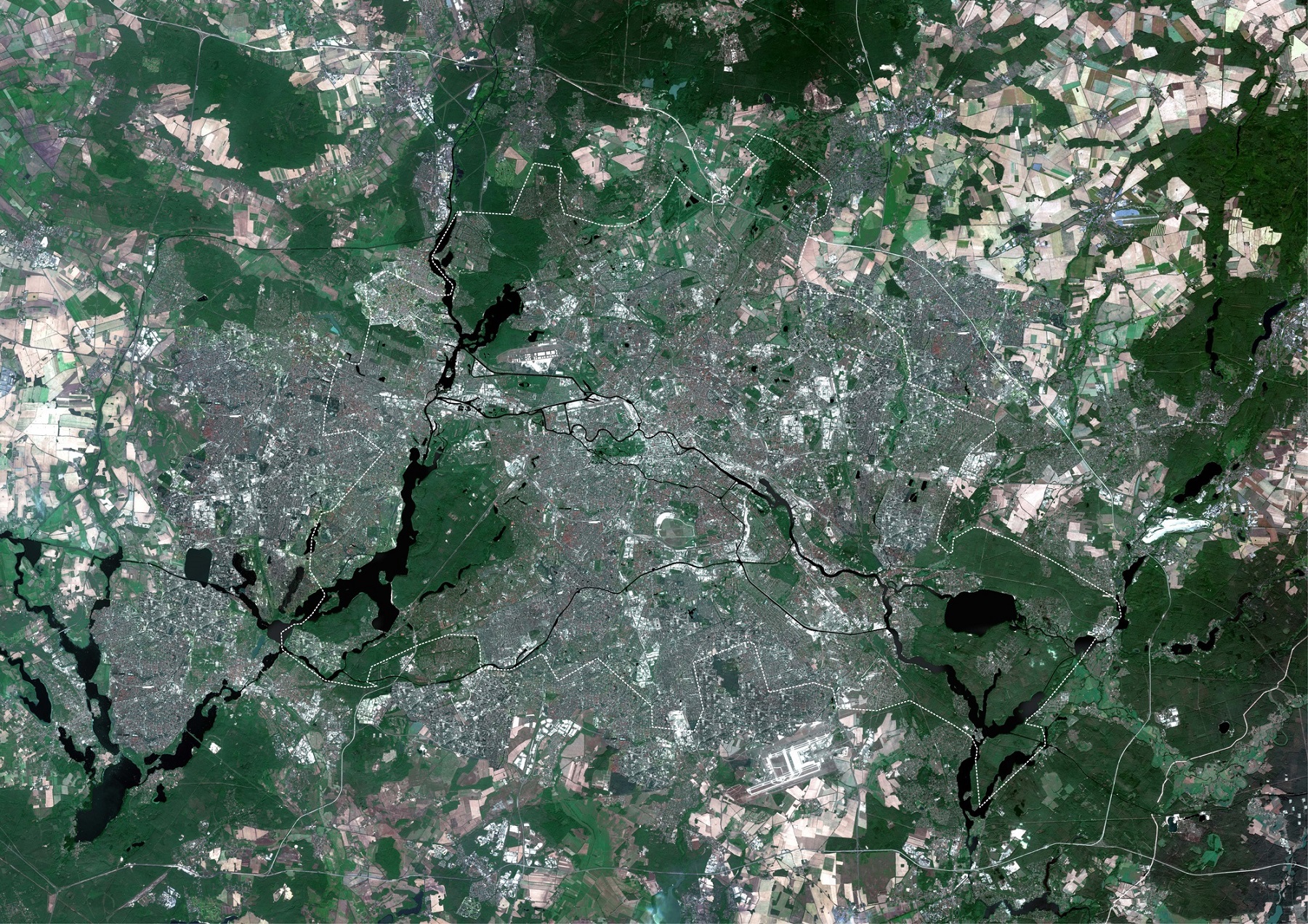
Image 2. The high population influx prompts rampant urbanization in Berlin (Scenario A). Source: Julia Böhnlein and authors.
Pockets of green distributed across the city ensure equitable access and inclusion. Parasitic, prefabricated, customized capsules are established and reconfigured to accommodate different productive, spatial, and economic premises while utilizing spatial and formal niches. Characterized as flexible and open structures, the capsules synergize with existing buildings and appropriate existing bridges to accommodate living, work and productive activities, mainly designated for food or energy production. Brandenburg and Berlin have merged and the former border has been identified as a major development opportunity in line with the sustainable development goals, particularly for large factories owned by multinational companies.
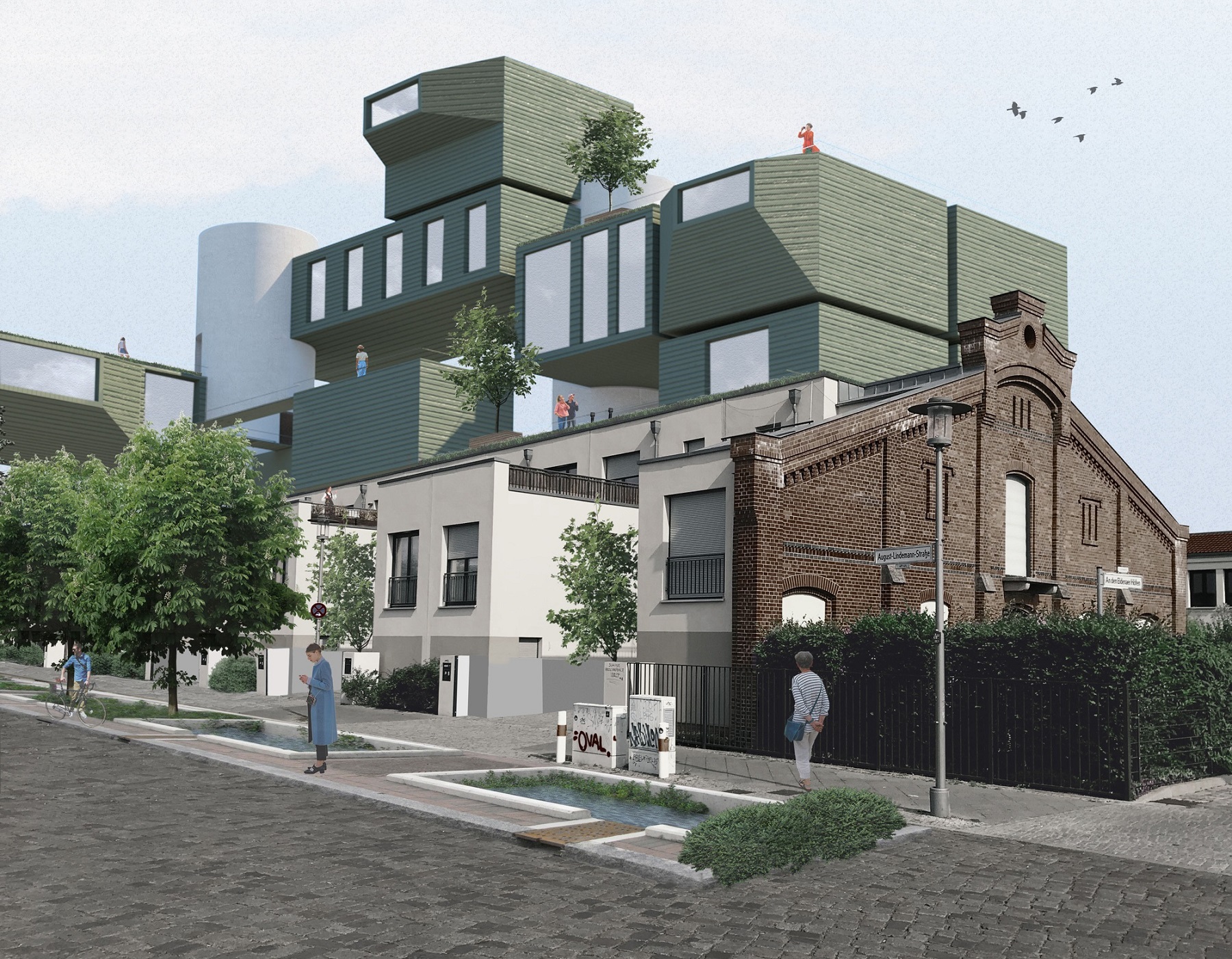
Image 3. High density housing with pockets of green (Scenario A). Source: Burcu Daglayan and authors.
Scenario B. Territorializing Berlin’s Airspace
Drastic temperature increases and climate change variations have prompted new migration waves to Berlin particularly from coastal cities threatened by rising sea levels. The Spree and Havel rivers, as well as the lakes in the city and the larger region are gradually drying up thereby exacerbating water shortages. The increasing frequency of heat waves worsens health problems and heat-related illnesses particularly for the elderly population – a phenomena that warrants greater attention from public health officials. Recurring droughts and continuous drinking water crisis prompt the decentralization of the urban water infrastructure. Green fingers along with the ancillary green and blue networks facilitate the flow of cooling breeze through the city and support biodiversity by hosting a variety of species. To house the increasing number of people, a hanging structure emerges across Berlin that territorializes the airspace.
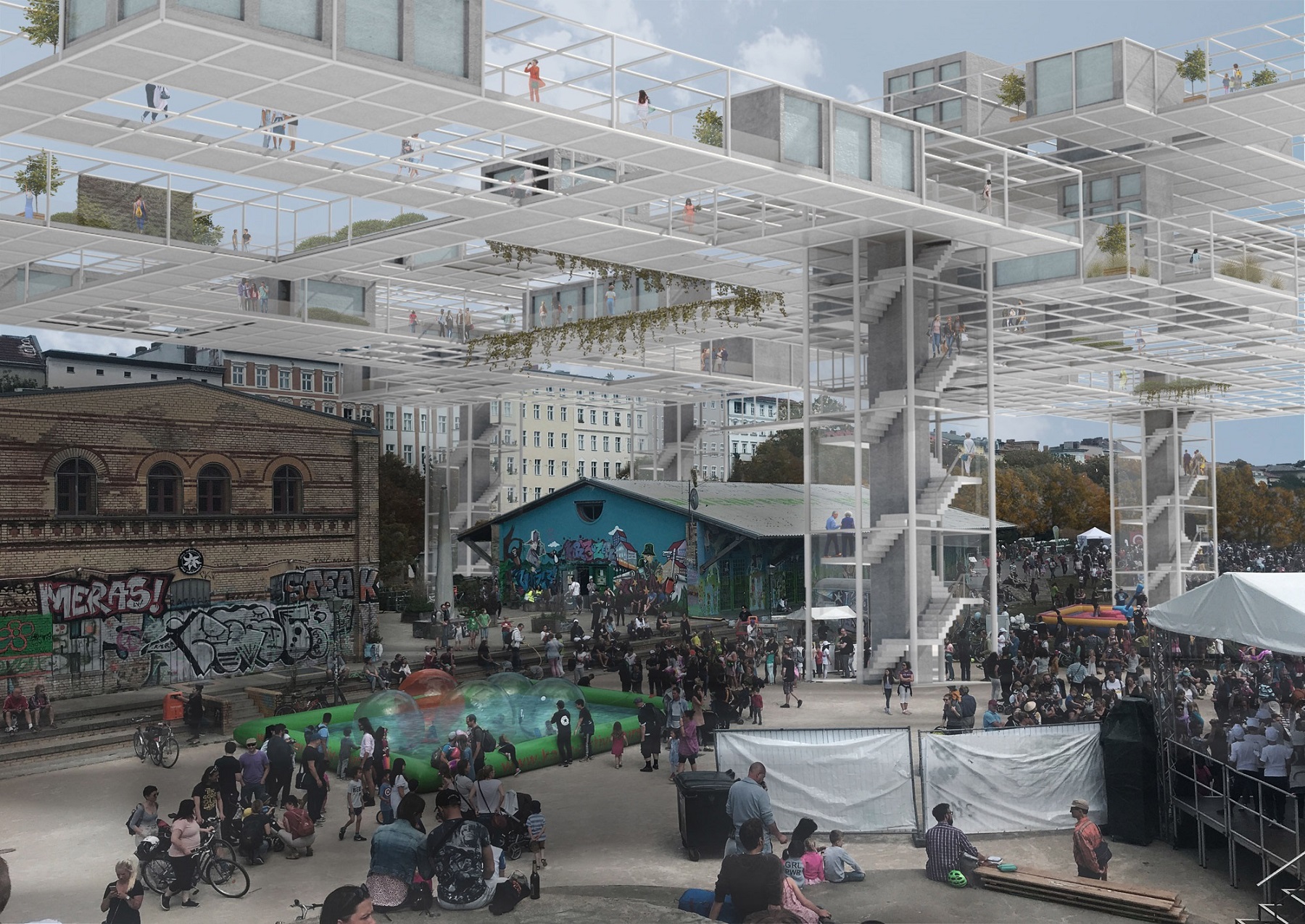
Image 4. A structure that accommodates living, work and productive premises hovers over berlin (Scenario B). Source: Burcu Daglayan and authors.
The structure exploits vertical affordances and accommodates high densities for habitation. Composed of capsules, the structure intensifies discrimination by parsing areas for climate migrants, elites, and low-income groups. Utilizing airspace over public land and streets, the structure accommodates solar panels and community gardens for energy and food production, while acting as a canopy that shades the city. Readjustments in the housing stock ensue from rising temperatures and increased UV radiation. People favor aged and newly constructed buildings that employ passive cooling techniques and allow ample aeration. Renewables and low-tech cooling systems are sought to meet the significant cooling demand, however, energy targets and efficiencies are not achieved.
Scenario C. Berlin: The New Detroit
New technologies and a joint effort to innovate and re-organize former economic structures away from capital profit to the commons have contributed towards low climate change variation and created new economies. In alignment with the national energy transition initiative, highly decentralized energy, water-management and infrastructure systems were reconfigured at the neighborhood-level. Storm, black and greywater are collected and recycled as alternative water sources, particularly for irrigation, and sludge is considered an additional source of bioenergy. Inter-operability and coupling of infrastructures (smart technologies and green, blue, grey networks) improve ecological efficiency and enable the exchange of open-data to monitor resource flows and enhance decision-making. As environmental aspects gain further importance, infrastructure is planned and operated in a participatory fashion through numerous citizen associations and the supervision of invited experts. The strong social participation translates spatially where the limits between the private and public are blurred. Despite the prevalence of large vacated areas due to sustained population loss, vacant buildings within existing blocks transform to host social spaces and infrastructure, namely pockets with educational, cultural, recreational, economic, sports and production programs.
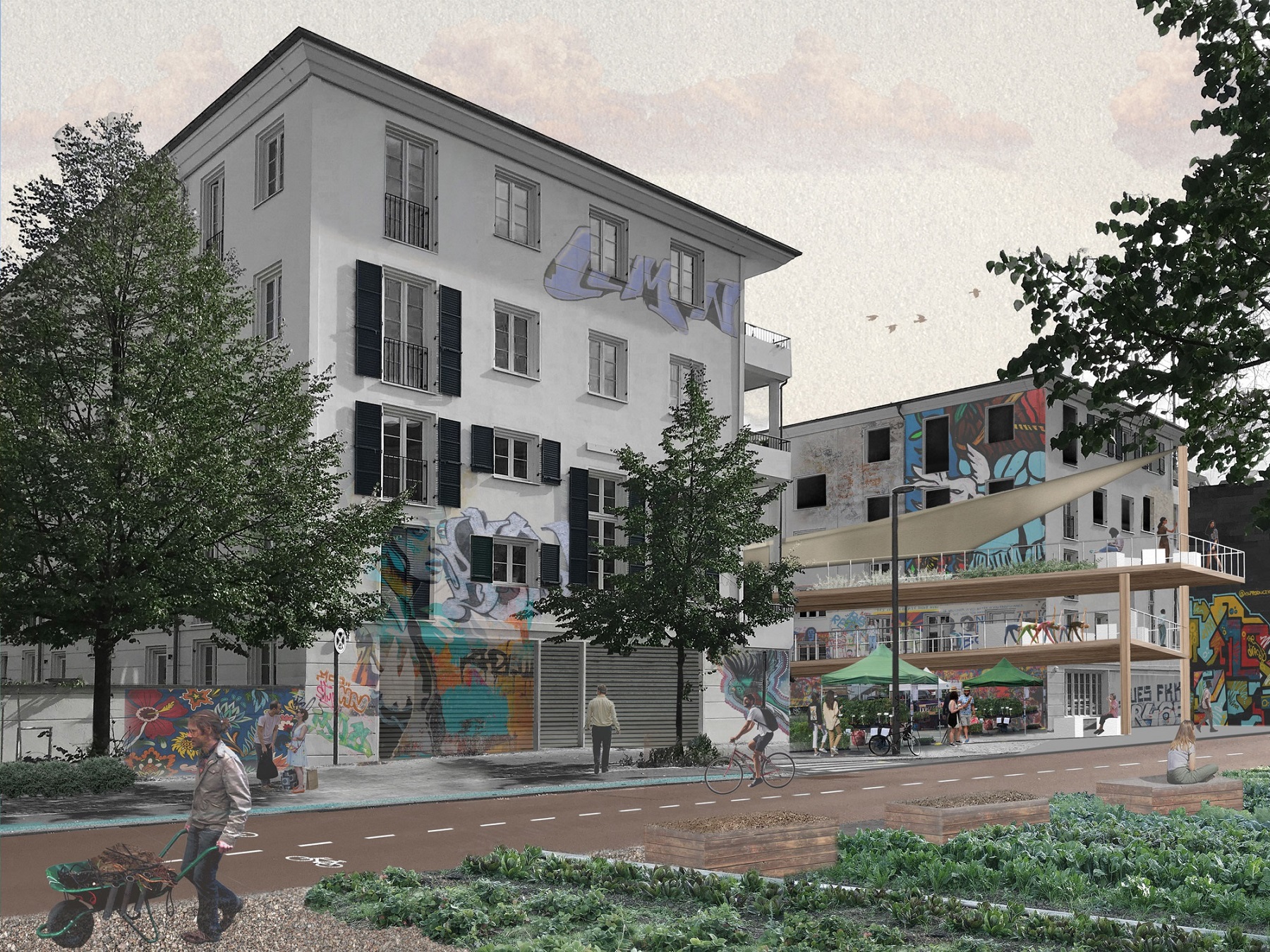
Image 5. Community engagement and participation to maintain neighborhoods (Scenario C). Source: Burcu Daglayan and authors.
In 2050, the creative industry is embraced as a driver for creative-led urban regeneration. Society is further open to new technologies and life-long education. Investment in education to remain abreast of technological changes galvanizes new economic opportunities and allows the city to adapt to future uncertainties and ongoing shrinkage.
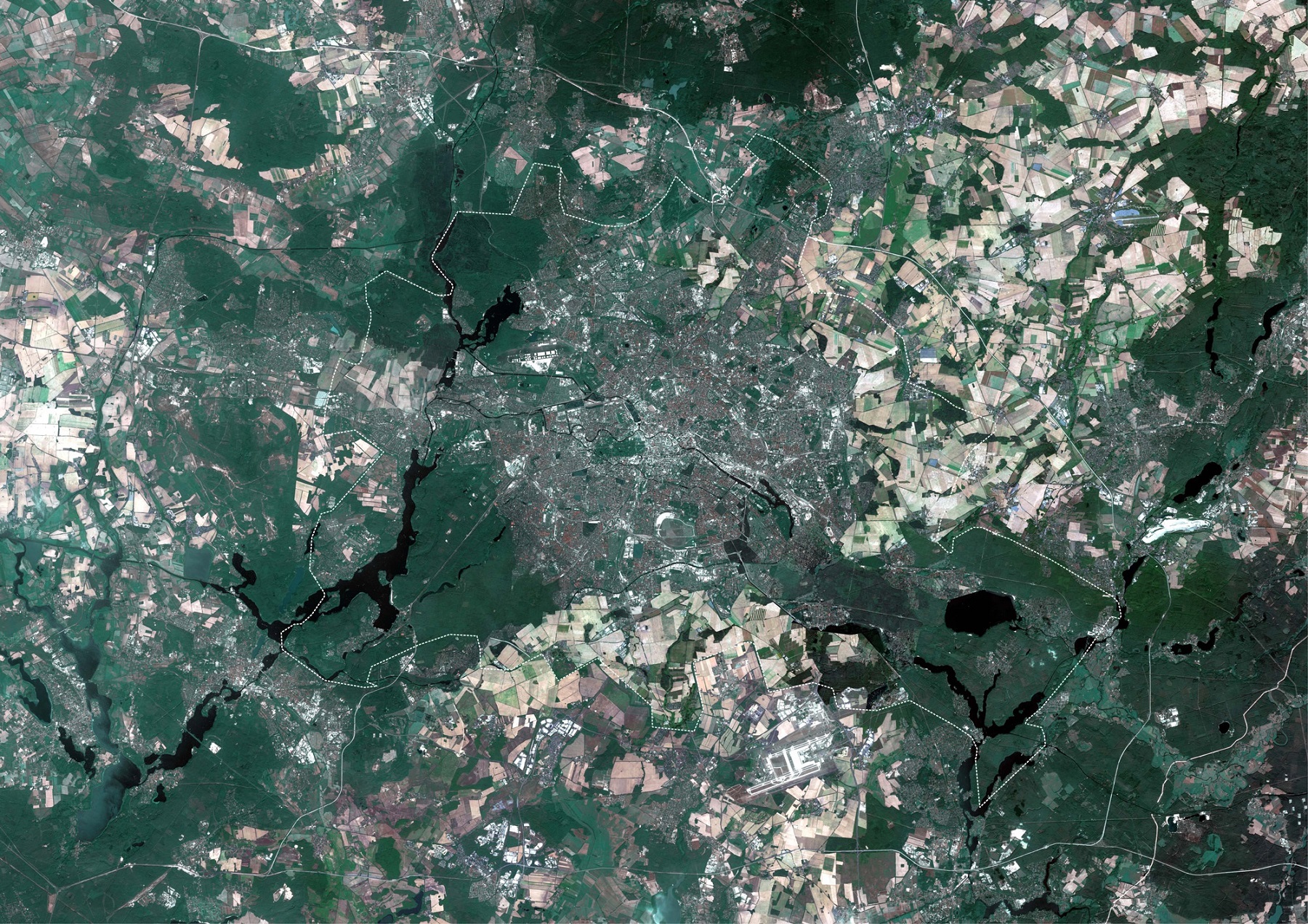
Image 6. Despite moderate climate conditions, the population decline leads to urban decay and shrinkage (Scenario C). Source: Julia Böhnlein and authors.
Scenario D. The “Deserted” City
Berlin’s economy stagnates as technological advances reduce the overall labor share in the economy and exacerbate wealth inequalities and social divides. The city struggles to retain high-skilled workers who are migrating towards global regions less affected by climate change than Berlin. With circular and temporary migration, the capital assumes the role of the gateway city where temporary lifestyles predominate and people are always on the move– newcomers constantly substitute people leaving for other regions of the world. This phenomenon results in population decline and places the administrative systems under enormous pressure to adapt to the shrinkage and climatic extremes.
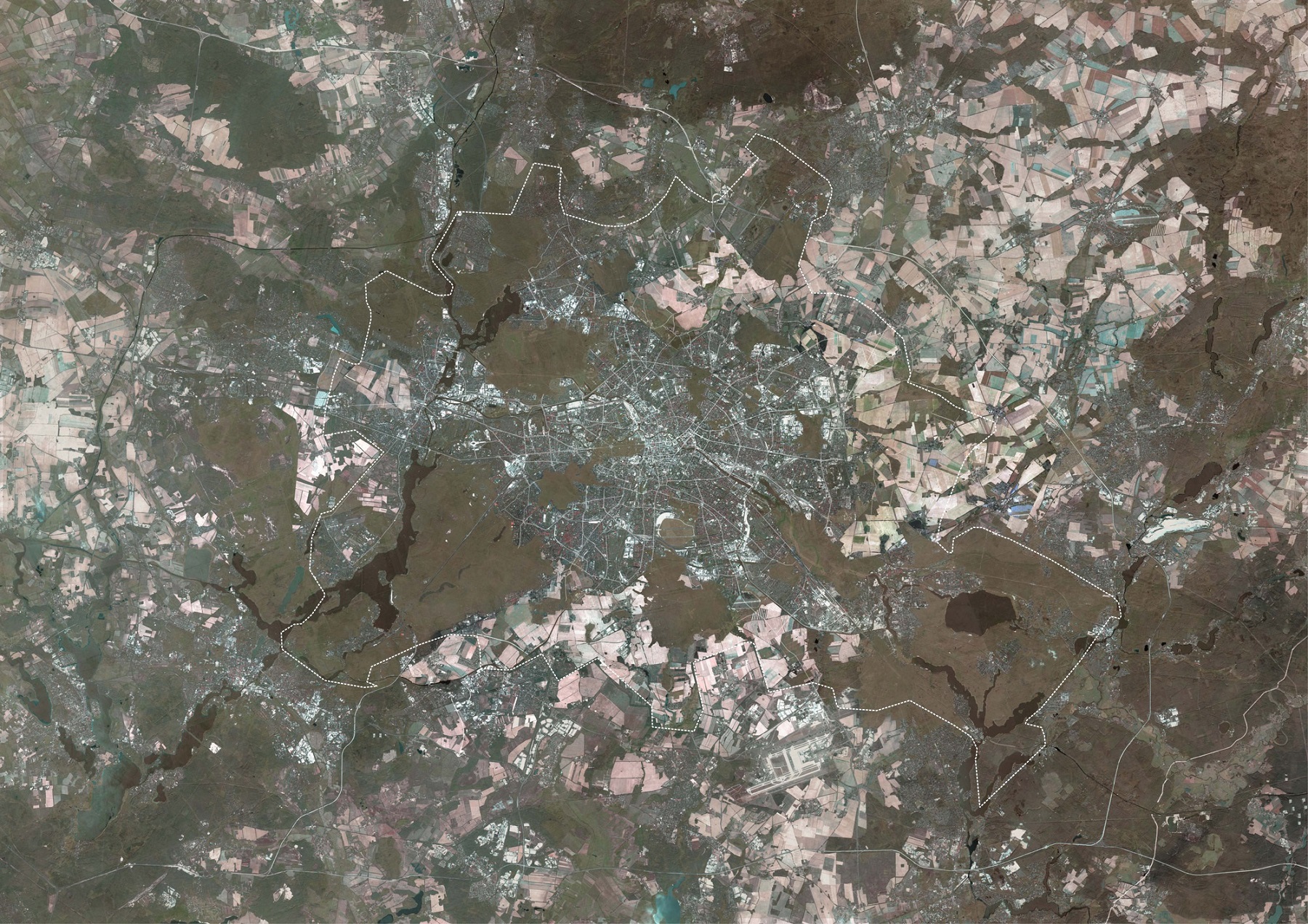
Image 7. With the drastic population decline, large swathes of wild areas or “forests” develop into the city (Scenario D). Source: Julia Böhnlein and authors.
With the lack of financialization, the city opts to decentralize the management of its infrastructure to private companies and neighborhood committees. Selective affluent neighborhoods implement infrastructural and sustainable ideals: synergetic resource flows for optimizing ecological efficiency using digital technologies and monitoring systems. These self-sufficient enclosures are privileged and prioritized over other spaces in Berlin. Lacking maintenance and investments, processes of social and physical deterioration prey on one another affecting vulnerable neighborhoods. Large swathes of wild areas from Brandenburg extend into Berlin. Traditionally perceived as unfavorable, urban wilderness serves as green infrastructure that supports biodiversity while mitigating the effects of climate change. However, given the severe heat waves and periods of drought, urban wilderness areas become increasingly susceptible to severe wildfires which reduce overall vegetation and threaten neighboring built up areas.
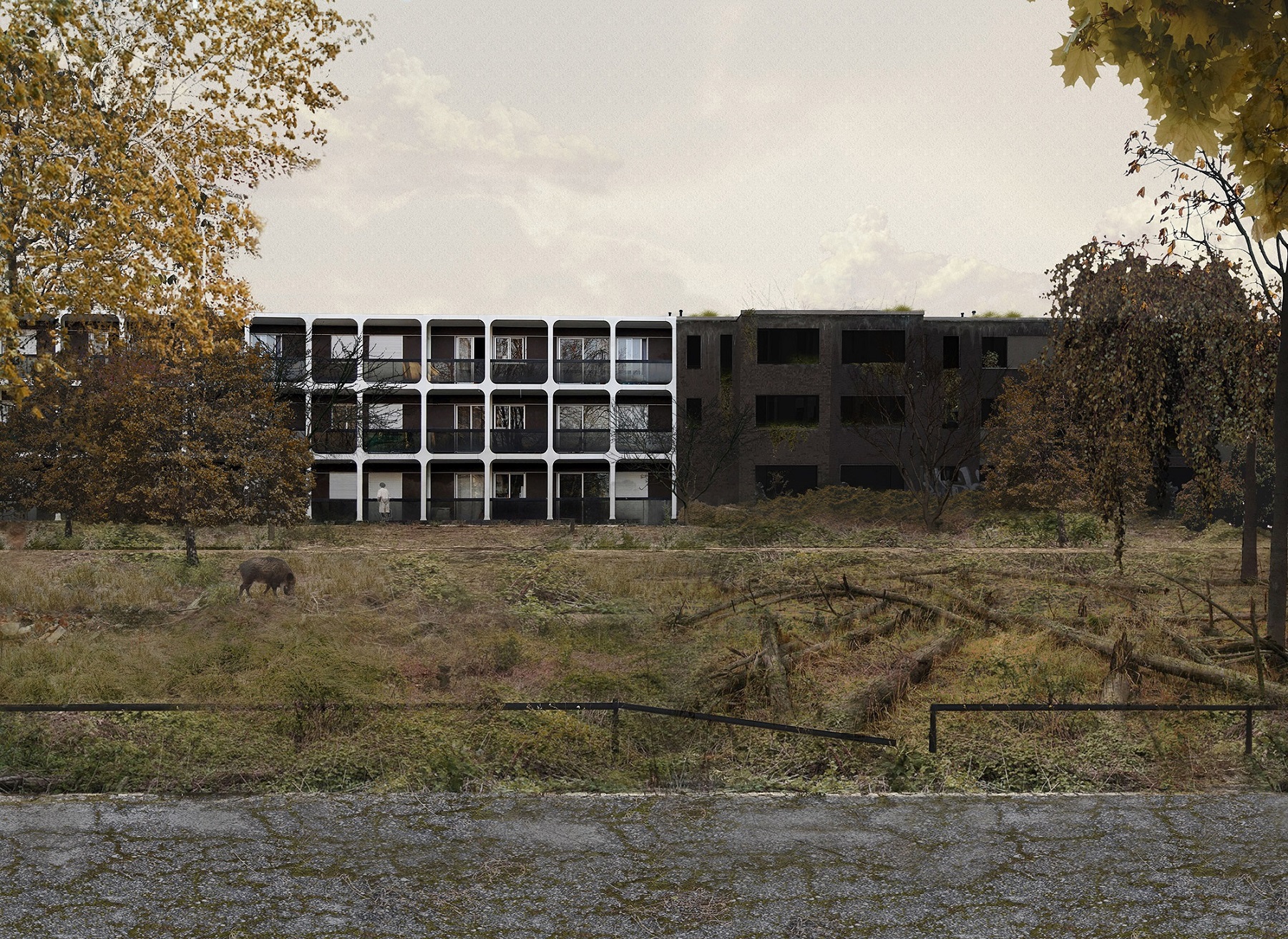
Image 8. Certain areas in Berlin are prioritized over others (Scenario D). Source: Burcu Daglayan and authors.
Conclusion
The wide implementation of scenarios attests to the tool’s effectiveness against increasing future uncertainties. In the overview of the four exploratory urban development scenarios elaborated for Berlin 2050, the narratives reflected various values and aspects of openness such as inclusivity, accessibility and participation, while revealing incipient socio-spatial disparities and deterioration. The outcomes also illustrated that the scenario technique is appropriate in depicting and discussing multiple possible futures from today’s point of view. To date, traditional approaches in urban development persist– such is the case of Berlin, for example, where a vision of a smart, sustainable and inclusive city was previously developed14. However, traditional planning has proven insufficient in certain projects, particularly when addressing “wicked problems” and novel uncertainties15. In effect, a complexity perspective that considers open, dynamic and evolving systems is key to planning future developments. In this regard, exploratory scenario planning offers an alternative to traditional normative approaches and provides the opportunity and flexibility to explore a wider range of futures. In the context of openness, exploratory scenario planning is therefore a well-suited method to openly engage with everchanging conditions that will continue to shape cities and in pointing out which decisions are needed today to achieve a desirable future, or to circumnavigate the undesirable.
Notes
1. Brown, G. (2009). Utopian Cities. In: R. Kitchin and N. Thrift, eds., International Encyclopedia of Human Geography, Oxford: Elsevier, p. 126
2. Dunn, N., Cureton, P., and Pollastri, S. (2014). Scenario Planning for Urban Planners: Toward a Practitioner’s Guide, A visual history of the future, London: Foresight, Government Office for Science, p. 17.
3. Chakraborty, A., and McMillan, A. (2015), Journal of the American Planning Association, 81(1), pp. 18-29.
4. Börjeson, L., Höjer, M., Dreborg, K.H., Ekvall, T., and Finnveden, G. (2006). Scenario types and techniques: Towards a user’s guide, Futures, 38(7), pp. 723-739.
5. Wiek, A. and Iwaniec, D., (2014). Quality criteria for visions and visioning in sustainability science, Sustainability Science, 9(4), pp. 497-512.
6. Poplin, A. (2012). Playful public participation in urban planning: A case study for online serious games, Computers, environment and urban systems, 36(3), pp. 195-206.
7. Klosterman, R. E., and Pettit, C. J. (2005). An Update on Planning Support Systems, Environment and Planning B: Planning and Design, 32(4), pp. 477–484.
8. Bunschoten, R. (2018). From Smart City to Conscious City. In: L. Holstenkamp and J. Radtke, eds., Handbuch Energiewende und Partizipation, Wiesbaden: Springer VS, pp.769-791.
9. Goodspeed, R. (2020), Scenario Planning for Cities and Regions: Managing and envisioning uncertain futures, Cambridge: Lincoln Institute of Land Policy, p. 19.
10. Marshall, S. (2012). Planning, Design and the Complexity of Cities. In: J. Portugali, H. Meyer, E. Stolk, and E. Tan, eds., Complexity Theories of Cities Have Come of Age, Berlin: Springer, pp.191-205.
11. Rauws, W. (2017). Embracing Uncertainty Without Abandoning Planning, disP – The Planning ReviewJournal of the American Planning Association, pp. 1-14.
13. van der Heijden, K. (2005), Scenarios: The Art of Strategic Conversation, 2nd ed. England: John Wiley & Sons.
14. Senate Department for Urban Development and Housing (2016), Berlin Strategy: Urban Development Concept Berlin 2030, Berlin: Senate Department for Urban Development and Housing.
15. Goodspeed, R. (2020). Scenario Planning for Cities and Regions: Managing and envisioning uncertain futures.
+
The authors would like to thank the Robert Bosch Foundation for funding the study (Grant no. 32.5.F070.0017.0). The authors would also like to thank members of the “Open City: Theories, Perspectives, Instruments” project for their constructive comments and contribution. We also thank Julia Böhnlein and Burcu Daglayan for the visualization of graphics.
Grace Abou Jaoude
is a research associate at the Institute for Sustainable Urbanism (ISU). Her research examines urban rural relations in the context of future uncertainty. Grace received her Master of Science in Urbanism from TU Delft and has previously worked at Het Nieuwe Instituut, Netherlands.
Olaf Mumm
is a senior researcher and deputy head of the Institute for Sustainable Urbanism (ISU) at TU Braunschweig. Olaf is a trained architect and urban designer. He has over ten years of experience at the interface between urban planning and design in praxis and research.
Majd Murad
is a research associate at the Institute for Sustainable Urbanism (ISU), his work focuses on the development and implementation of computational methods in analyzing urban spaces. Majd received his Master’s degree in Media Architecture from the Bauhaus University Weimar in 2017.
Vanessa Miriam Carlow
is a Professor at TU Braunschweig and Director of the Institute for Sustainable Urbanism (ISU). She is a practicing architect and urban designer. She co-founded COBE Copenhagen in 2005 and founded COBE Berlin in 2012. Carlow has written, taught and lectured in universities worldwide.
The Institute for Sustainable Urbanism (ISU)
Volume 4, no. 2 Summer 2021
